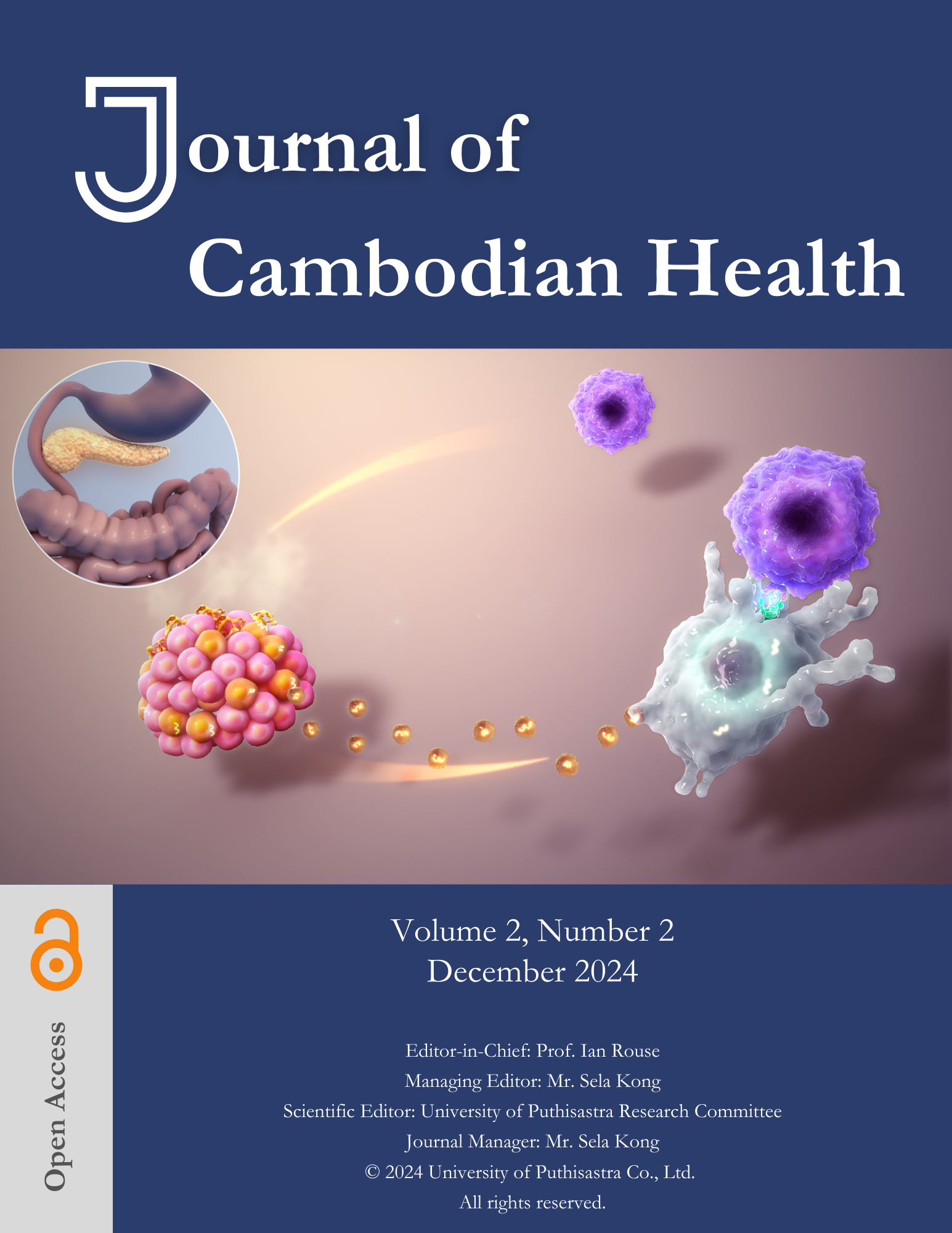Abstract
Hepcidin is a primary regulator of iron metabolism in the human body by promoting ferroportin degradation, hepcidin reduces intestinal iron absorption and its release from intracellular stores but regarding its role in the development of preeclampsia, information is scarce and contrasting. It is hypothesized that increased hepcidin may contribute to the inflammatory cascade leading to preeclampsia. The aim of this study was to determine whether serum hepcidin levels increase in pregnant women without family history of preeclampsia. This was a cohort study including pregnant women of any age, from the second trimester. Blood samples were drawn and routine analyses were performed for blood cytometry. Hepcidin quantification was done using sandwich ELISA. Based on the Gaussian distribution of the variables, either Pearson or Spearman correlation were used among the variables. Thirty-three pregnant women were recruited, mean age 23.8 ± 9.1 years, the mean hepcidin levels were 5.17 ± 0.04 µg/l. The following risk factors to have a complicated pregnancy were recorded: overweight or obesity: 11 (33.33%), first pregnancy: 6 (18.18), alcoholism: 2 (6.06%), multiple pregnancy: 2 (6.06%), drug addiction (crystal): 1 (3.03%), epilepsy: 1 (3.03%), taking steroids: 1 (3.03%) and epilepsy: 1 (3.03%). There were four patients without any risk factor. The Spearman correlation test was used (after performing the Kolmogorov test, hepcidin showed a non-parametric distribution) but no positive or negative correlation was obtained between the included variables and hepcidin. It can be concluded that in pregnant patients without family history of preeclampsia and who do not develop this obstetric complication, hepcidin levels remain within the normal range for the reference population. The implication is that hepcidin measurements in the reference range may help monitor a normally developing pregnancy.

This work is licensed under a Creative Commons Attribution-NonCommercial-ShareAlike 4.0 International License.
Copyright (c) 2024 Journal of Cambodian Health


